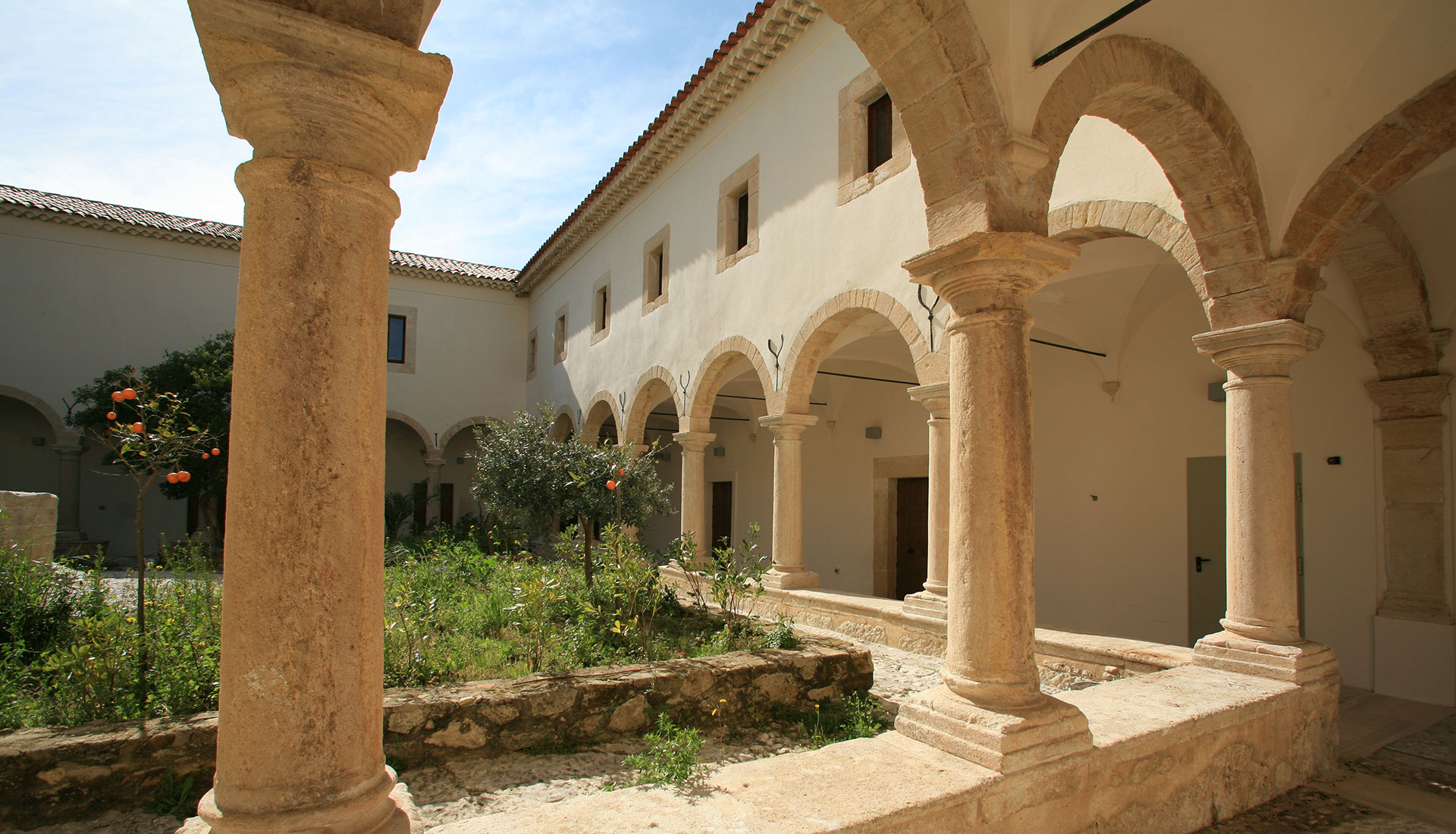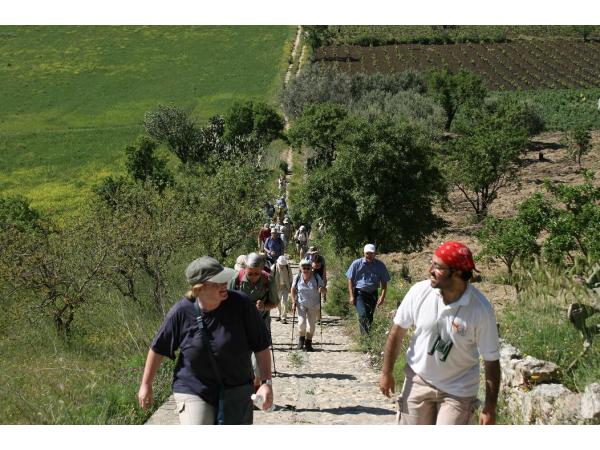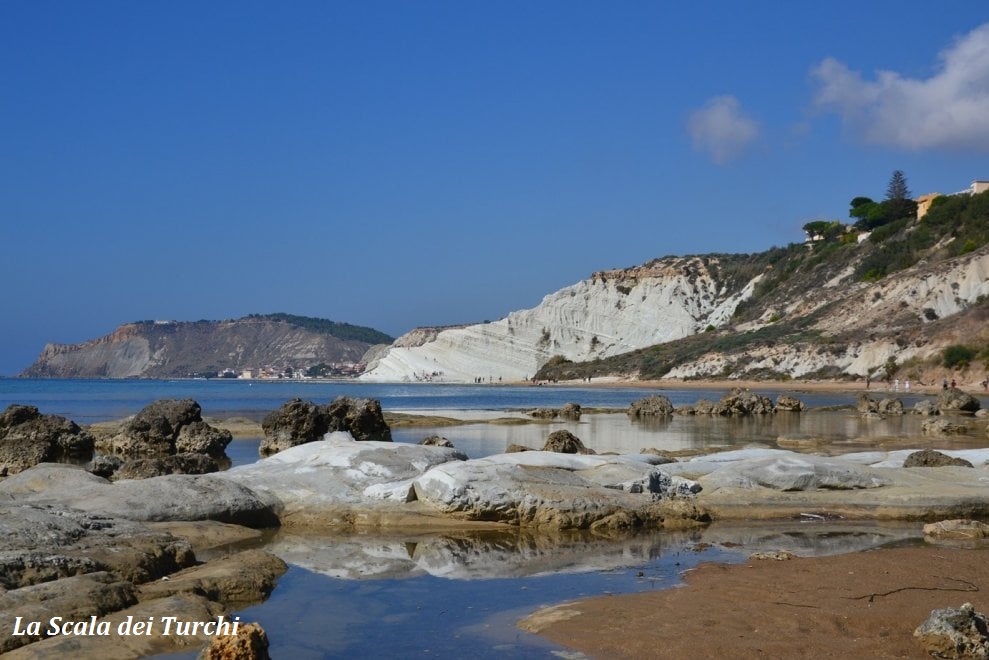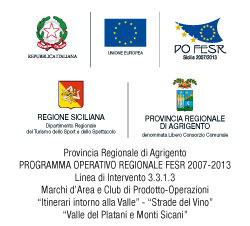
The town shows its origins in the Saracen type of urban structure. The story of its foundation has given rather anecdotal. However, it seems that it was founded after the year 1000 on the ruins of the ancient city of sicana Scirtea. Later conquered by the Muslims during their expansion in Sicily, which was later taken over by the Normans defeated the emir Hamud. With as many as 19 churches and two castles Burgio has a great artistic heritage especially if viewed in relation to its territory, it is truly remarkable.
Monuments to visit
The road structure demonstrates the medieval origin of the town, with its winding streets and narrow. At the top, in via Pozzo Sant'Antonio, it is the Mother Church dedicated to St. Anthony, built in sec. XII and extensively remodeled in the following centuries: the interior, with three naves shows characters sixteenth.
Among the works the best preserved, a Virgin and Child, by Vincenzo Gagini, 1568, and a beautiful wooden crucifix of the sanctuary Rifesi. In the Church of St. Vitus in Piazza IV Novembre is a valuable statue of the saint, 1552, by Antonello Gagini.
The two castles of Burgio, one of Peralta (XII sec. Of certain Saracen origin) and Ventimiglia (Cristia Castle) (XIV sec.) Are placed, the first in the center of town and the other about 10 km from the town . The latter stands on a rock overlooking the valley, built in the Middle Ages with the classic architecture of the fortress. Today only ruins remain but that testify to his greatness.
Not to be missed
Visit the craft shops of Burgio
Here the craft is very much alive and original, Burgio boasts the only bell foundry of Sicily and one of the oldest bell foundries in Italy. Foundry Mario Virgadamo has for centuries now the benchmark in the production of bronze bells, dates back to the beginning of the eighteenth century
But Burgio also exists another type of craft for manufacture of original articles in terracotta built in a very old and whose origins date back to tenpi Greek settlers.
Museum of the Mummies
Inside the Capuchin convent, recently restored, the mummies were recovered along with original clothes and jewelry. A disturbing walk through skeletons and grave goods dating from the eighteenth and the nineteenth century, mummified according to ancient techniques of the Franciscan friars.
The museum is open every day, including Sunday, by contacting the office of Tourism of the Municipality of Burgio that may have also accompanied by a guide.
For reservations and information: 0925 65013 - e-mail: comuneburgio. Tourism @ free .com



 Platani River Nature Reserve and Sosio Valley
Platani River Nature Reserve and Sosio Valley
 The discovery of the coast - 4 routes to the west between the sea and inland
The discovery of the coast - 4 routes to the west between the sea and inland
 Burgio Castle
Burgio Castle

